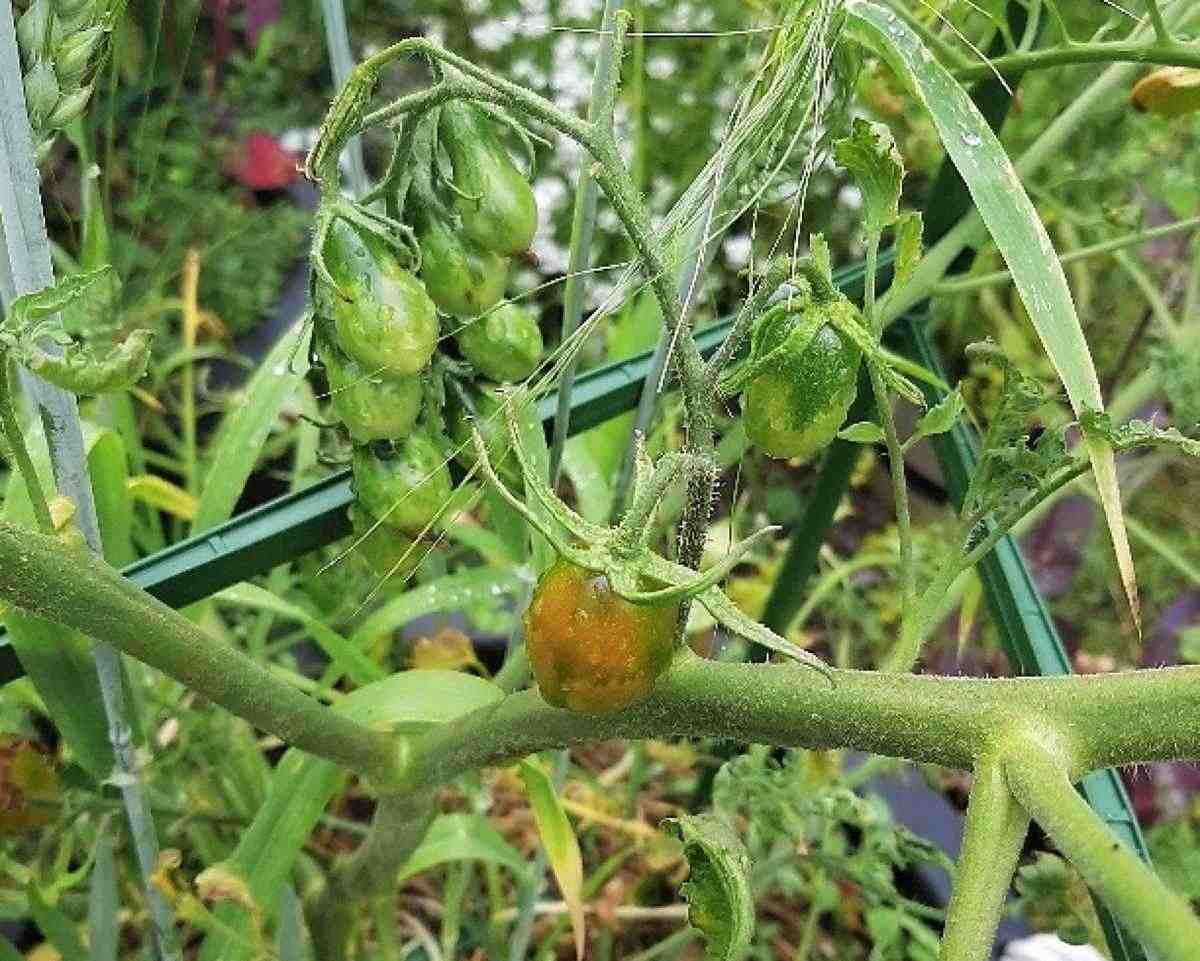Experimenting with Vegetable Gardening

The marigolds, calendula and alyssum that were planted as tomato companion plants are doing well. As the blooms of the alyssum started to fade, I cut them back and now the new growth is looking good. My marigolds, which attract many beneficial insects, appear to be attracting earwigs as well.
Greetings fellow gardeners,
Summer continues with hot, humid days along with thunderstorms sprinkled in here and there. I am eagerly awaiting tomatoes and cucumbers and peppers. Such an exciting time of year.
Tomato Companions
My tomatoes are like little green jewels right now. It is hard to be patient. As I grow my tomatoes primarily in pots, I am always poking around making sure they are not dry and of course checking for too much water. I find the tomatoes that are planted directly in the ground are easier to maintain. If I had lots of usable ground, I would plant all of my tomatoes in it instead of pots, but that is not the case. The marigolds, calendula and alyssum that were planted as tomato companions are doing well. As the blooms of the alyssum started to fade, I cut them back and now the new growth is looking good.

My marigolds, which attract many beneficial insects, appear to be attracting earwigs as well. It seems to be a very busy year for earwigs. Usually I don’t mind a few earwigs, but this year the population seems to have exploded. I can see where they are feeding so I will use their habits against them. They like to crawl into cool, dark places after a night of feeding, so I will get a newspaper, wet it well, roll it and place it beside their feeding place. In the morning I will shake the newspaper over a bucket of soapy water. I could also use a 12-inch section of garden hose instead. The earwigs like the cool, dark hose or newspaper to hide in for the day.
Experimenting with Celery
My planter with chard, spinach and peas had some extra space after the radishes were harvested. As an experiment, I thought I would put the end of a celery into the soil. In the winter, I put celery ends into water and watch them grow lovely, tender pieces of celery. The celery end I put in the soil is growing and I may have some lovely, tender celery by the end of the month.

Experimenting with Radishes
I have been reading about more interesting ways to grow vegetables. One way that I really wanted to try was to grow radishes in dedicated seed containers. While I would never start radishes and then transplant, this method allows the radishes to grow in each individual seed cell. I found three seed cell packs and filled them with soil and a radish seed in each cell. I will put the radishes on my outdoor plant stand, away from the earwigs. As I prepared to fill them, one of my too-many cats, Tula, decided to help. I am so lucky.

As always, keep monitoring your pots for water levels. If you are growing basil, be sure to keep harvesting it before it goes to seed. If it goes to seed, then it will become bitter and not at all delicious. Enjoy your week. Judith.
Enjoy your week. Judith. Contact Judith through her Website https://www.lapisdragonarts.com/.
Find more weekly Veggie Bites experiences on the Veggie Bites page
